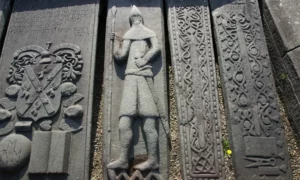Kilmartin Glen, nestled in the heart of Argyll in Scotland, is a treasure trove of history. It boasts one of the richest concentrations of prehistoric monuments and historical sites in Scotland. Within this verdant valley, you’ll find standing stones, rock carvings, cairns, and the remains of ancient forts. These remnants tell a story of human occupation that spans over 5,000 years. Kilmartin Glen is not just a site of archaeological significance; it’s a palpable link to Scotland’s ancient past.
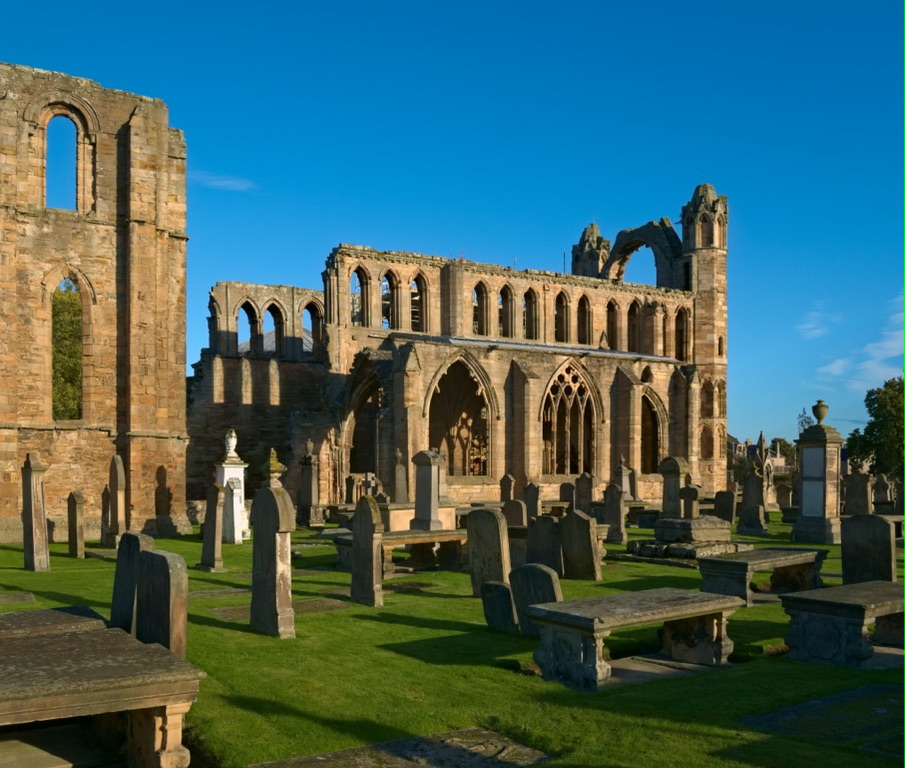
Elgin Cathedral
Elgin Cathedral, often referred to as the ‘Lantern of the North’, is a historic ruin in Elgin, Moray, northeast Scotland. Once a beautiful example of Gothic architecture, it has endured through centuries as a symbol of ecclesiastical power and piety. Despite its ruined state, the cathedral’s remains are significant, offering insights into medieval Scotland’s religious and architectural heritage.

Doune Castle
Doune Castle stands as a medieval stronghold near the village of Doune, in the Stirling district of central Scotland. The castle is a magnificent example of a late medieval fortress and is notable for its impressive gatehouse, well-preserved domestic quarters, and the striking 100-foot high Great Hall. Built in the 14th century, Doune Castle has been a silent witness to a range of historical events and figures, including its creation by Robert Stewart, Duke of Albany, and its use in the 18th century Jacobite Risings. Today, it is a recognized historic monument and a popular filming location for movies and television series, such as “Monty Python and the Holy Grail” and “Outlander.”
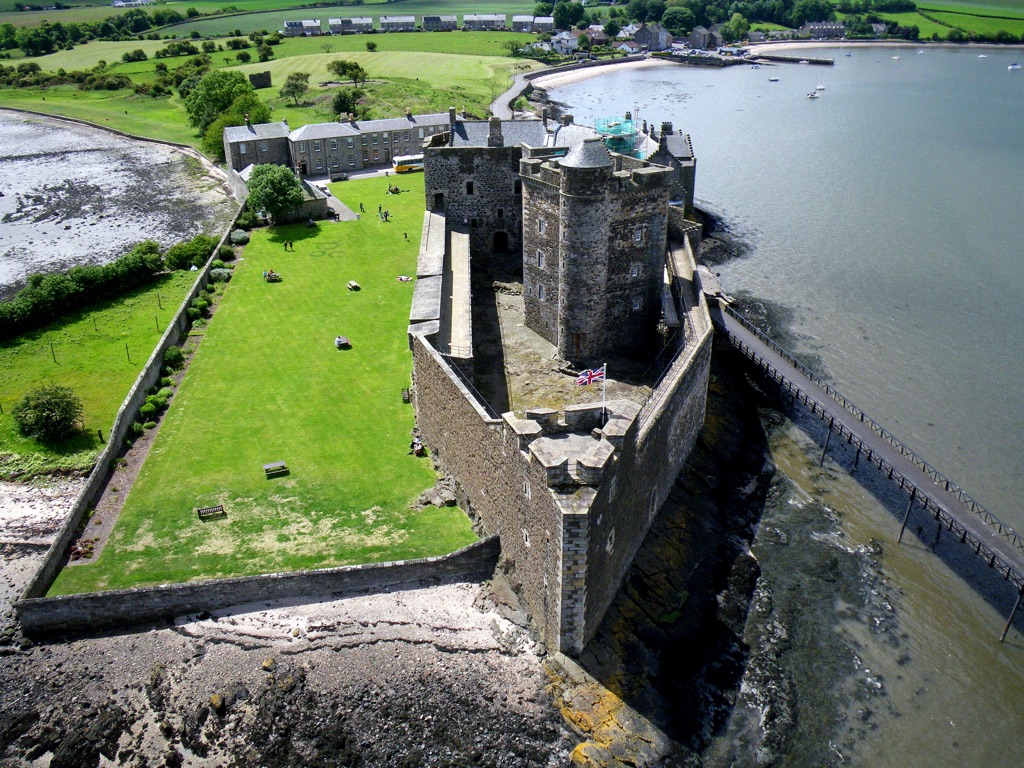
Blackness Castle
Blackness Castle stands as a formidable fortress near the village of Blackness, Scotland, overlooking the Firth of Forth. Known as “the ship that never sailed” due to its unique shape, the castle has served various roles throughout its history. It was built in the 15th century by one of Scotland’s most powerful families, the Crichtons. The castle has been a royal castle, a garrison fortress, a state prison, and even an ammunition depot. Its strategic location and unique design have made it a significant historical site, witnessing key events in Scotland’s past.
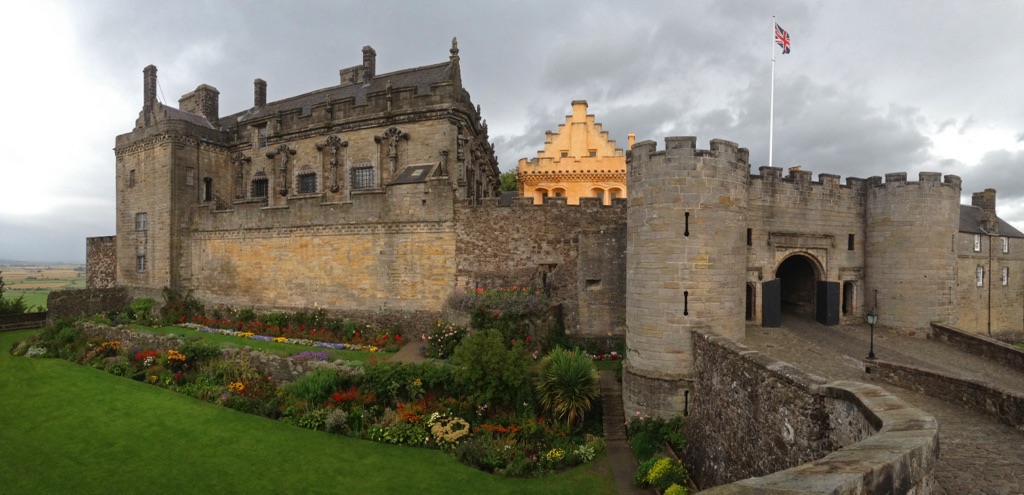
Stirling Castle
Stirling Castle, perched atop Castle Hill, is a symbol of Scottish heritage and a beacon of historical significance. This fortress has witnessed key events in Scotland’s past, from royal coronations to fierce battles. It served as a royal residence and military stronghold. The castle’s strategic location, overlooking the River Forth, made it a vital prize during the Wars of Scottish Independence. Its rich history is woven into the fabric of Scotland, making it a must-visit for history enthusiasts.
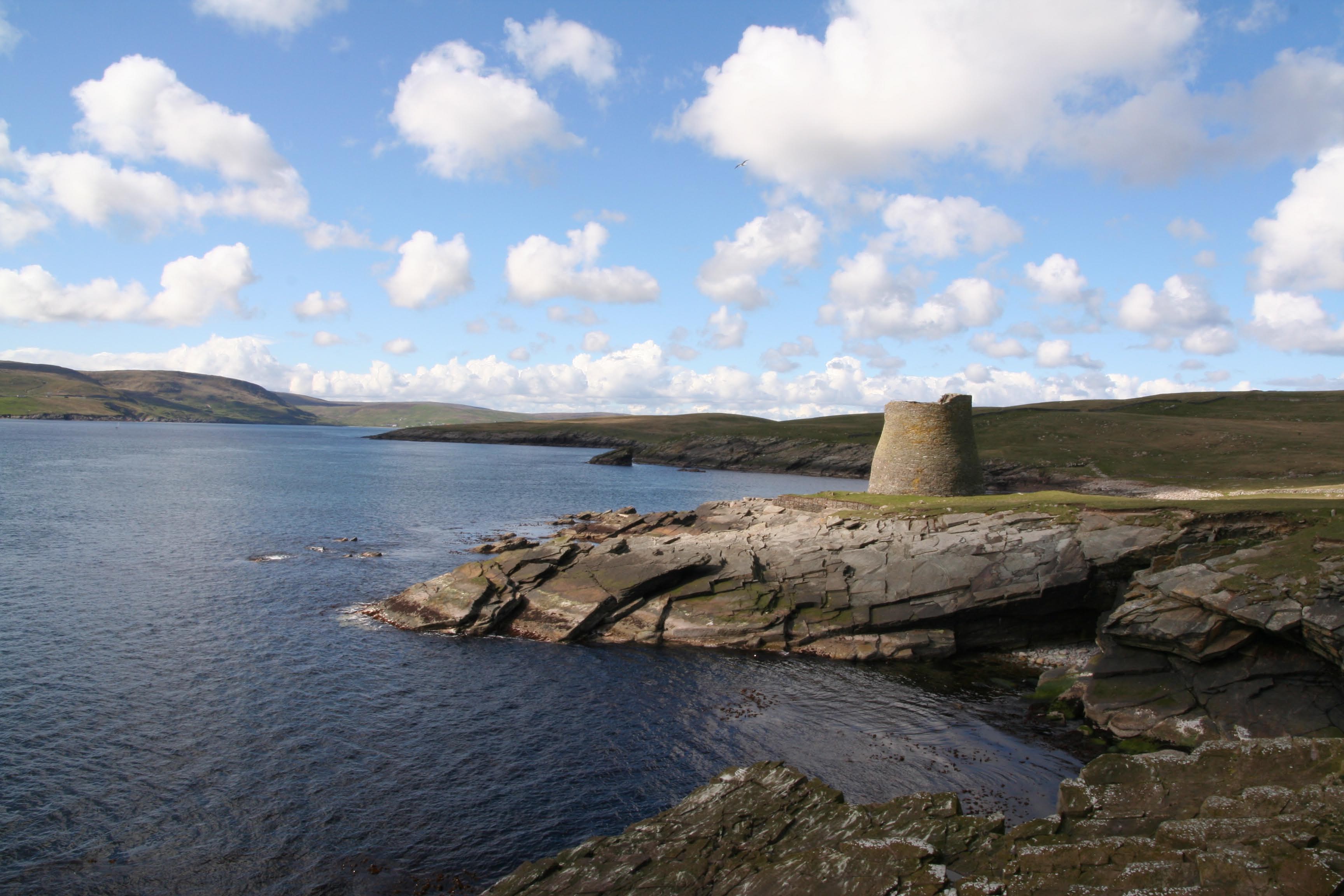
Broch of Mousa
The Broch of Mousa is a remarkably well-preserved Iron Age structure located on the island of Mousa in Shetland, Scotland. Standing at about 13 meters tall, it is the finest example of a broch – a drystone hollow-walled structure found only in Scotland. The Broch of Mousa’s significance lies not only in its excellent state of preservation but also in its historical importance as a window into the Iron Age period. It has fascinated archaeologists and historians for years, offering insights into the lives of the people who built and used these structures.

